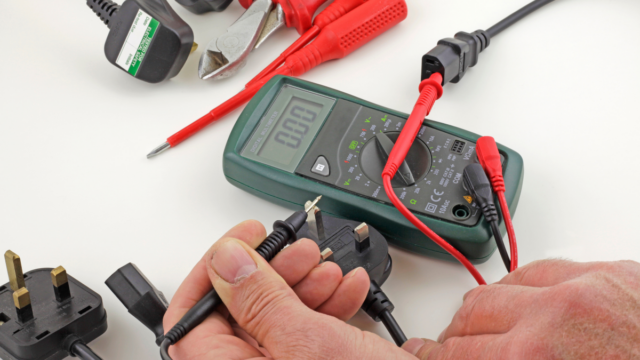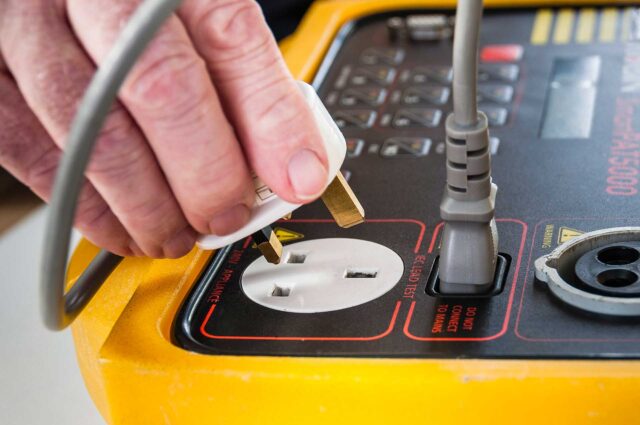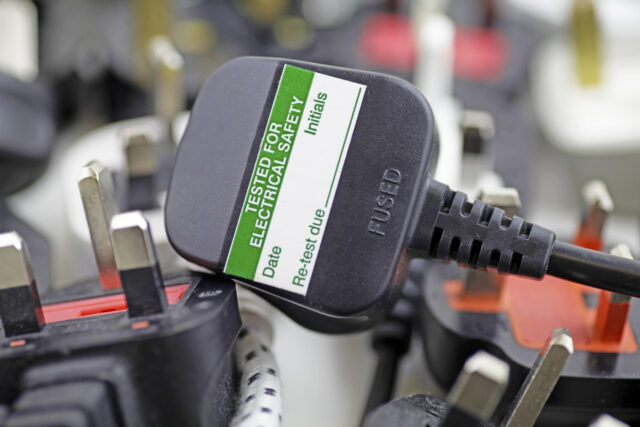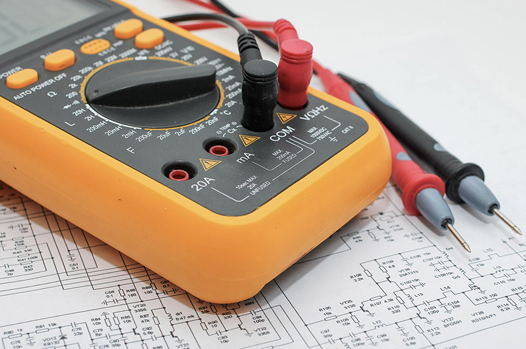
What exactly happens during a Portable Appliance Testing (PAT) inspection? Perhaps you’re interested in the procedure and what your inspector would be like. Don’t worry; this guide has got you covered!
PAT Testing is the right way to ensure safety at homes, offices for every aspect—from the life of appliances to safety of people. Read below to find out everything you need to know about PAT testing inspections in this article, from the equipment that will be tested to how long it will take. Thus, whether this is your first time or not, read on for a full guide to everything PAT testing.
What Is PAT Testing?

Portable appliance testing (PAT) is the process of inspecting electrical appliances and equipment to assure their safety. A PAT test consists of a visual inspection of the item as well as safety testing of the electrical cable and plug. The tester will also ensure that the appliance is working properly.
PAT testing is performed to prevent the danger of electric shock or fire caused by malfunctioning electrical appliances. It also guarantees that the equipment is not harmed as a result of improper use or overloading. A certified electrician or someone with relevant electrical safety expertise and experience often performs PAT testing.
The frequency of PAT testing will vary depending on the kind of equipment and its use, but electrical products should be tested at least once every 12 months. All electrical items should be PAT tested to guarantee their safety. It is especially critical for objects used in public places such as schools, workplaces, and hospitals.
Who Needs To Get PAT Tested?
Businesses are not required by law to have their electrical appliances PAT tested, but it is suggested as part of a proactive approach to health and safety. The Health and Safety Executive (HSE) stated that ’employers have a duty to ensure that electrical equipment is maintained in a safe condition.’
PAT testing gives companies peace of mind that they are following their health and safety duties and comforts employees that their workplace is safe.
Each company that has electrical equipment on its premises should get its PAT checked. This comprises workplaces such as offices, stores, schools, factories, and warehouses.
Each object with a plug or that uses electricity should be inspected for safety. Computers and laptops, lamps, microwaves, kettles, and toasters are examples of things. As a general rule, each electrical item used at work should be PAT tested. Examples of such things are computers, printers, kettles, toasters, and microwaves. If you are unsure if an item has to be PAT tested, you can seek assistance from a competent electrician.
What Does The Testing Process Involve?

A variety of processes are included in the testing process to assure accuracy and safety. Initially, the tester will evaluate the device visually to detect any possible dangers. The appliance will next be tested for appropriate operation in a number of ways, including by connecting it and checking the electrical cable. Ultimately, they will document their results and give the customer a report.
The goal of testing is to guarantee that the appliance is safe and functional before it is put to use. This method may comprise a number of tests, such as energy efficiency ratings, environmental tests, vibration analysis, noise level analysis, and others. The tester will also adhere to all applicable safety rules during the procedure. Upon the completion of the testing, the results are submitted to the client for assessment and approval.
The testing procedure also involves a thorough examination of the appliance’s electrical components to ensure that it fulfills all applicable safety and performance criteria. This usually entails inspecting the appliance for signs of wear and tear and looking for broken wires and loose connections. The tester may also use specialist equipment to run diagnostic tests to uncover potential faults or malfunctions. Following the completion of the testing, the tester will deliver a written report summarising their findings.
How Often Should You Get Tested?
Whenever possible! The more regularly you test, the more probable it is that possible problems will be identified early on. Still, most doctors advise testing at least once a year.
Also, if you are sexually active or have any STD risk factors (such as a new partner or unprotected sex), you should get tested more often. Depending on your circumstances, this may be every three to six months. Consult with your doctor to discover what is best for you.
What Are The Consequences Of Not Getting Tested?

The implications of failing to get your electrical equipment examined on a regular basis might be severe. Faulty electrical equipment can start fires, electrocute people, and create other mishaps. This could result in injury or even death at work.
In case of faulty electrical equipment, you could also be held liable for any damage caused due to this. This, in turn, would result in you ending up paying hefty legal fees. Moreover, you could also struggle with compensation claims if anyone is injured due to your negligence. Hence, performing PAT Testing regularly is best to avoid consequences.
Furthermore, failing to inspect your electrical equipment on a regular basis may lead to decreased business productivity and efficiency. If not addressed immediately, this could cost you time, money, and customers.
Finally, if your electrical equipment is not checked on a regular basis, you may be missing out on the benefits of increased safety and energy efficiency. Frequent testing can help you detect flaws before they become serious and harm your business.
Conclusion
PAT testing inspections can be stressful, but by understanding what happens during the inspection and taking the appropriate precautions, you will have nothing to worry about. Remember that it is your obligation to ensure that all electrical equipment in your workplace is periodically tested and follows safety requirements; therefore, having a PAT test inspection performed by an expert engineer is critical. All potential problems should be addressed and resolved as soon as possible with meticulous planning and preparation.







